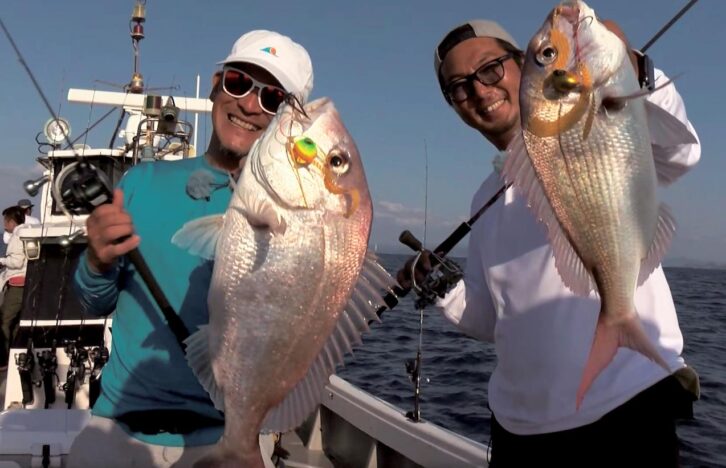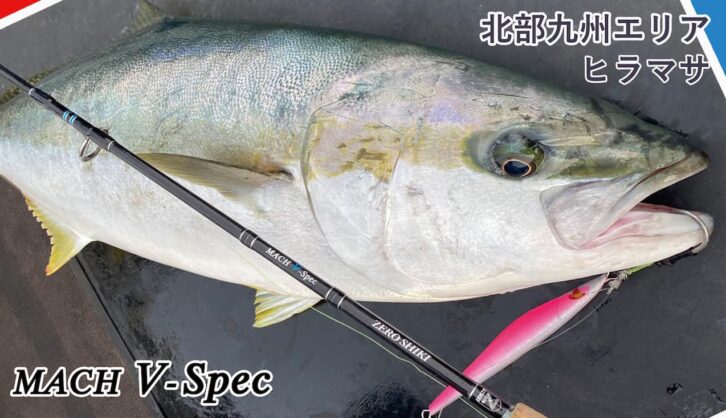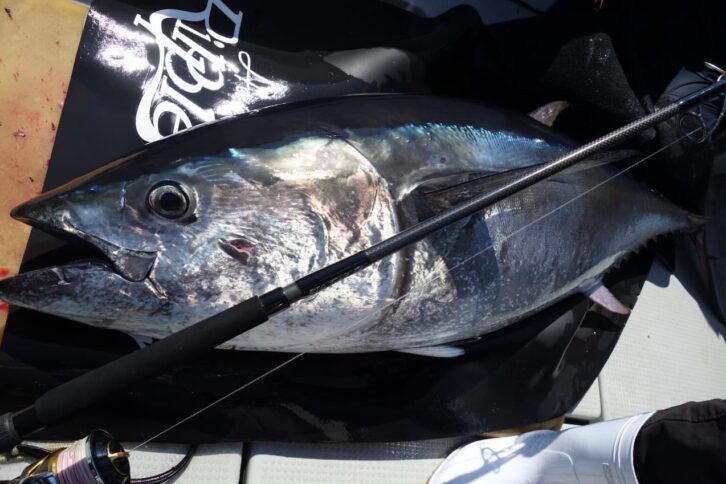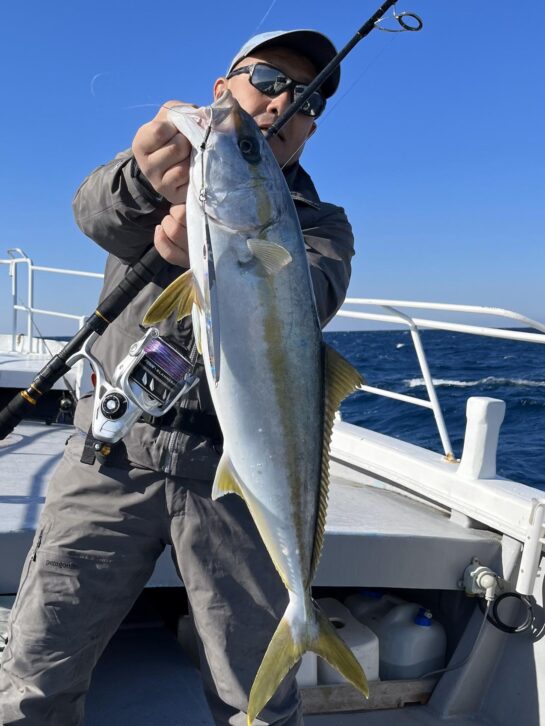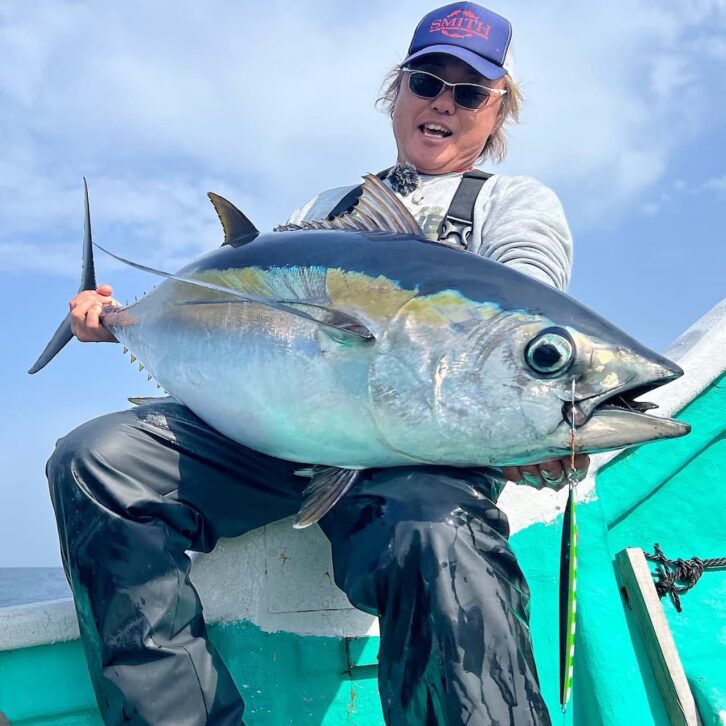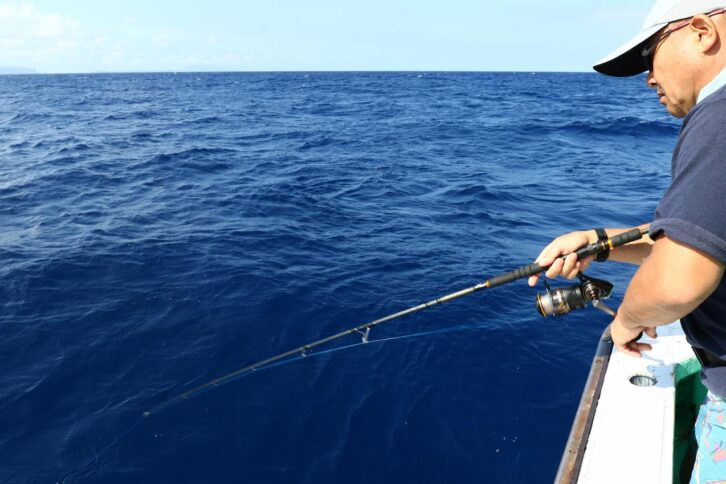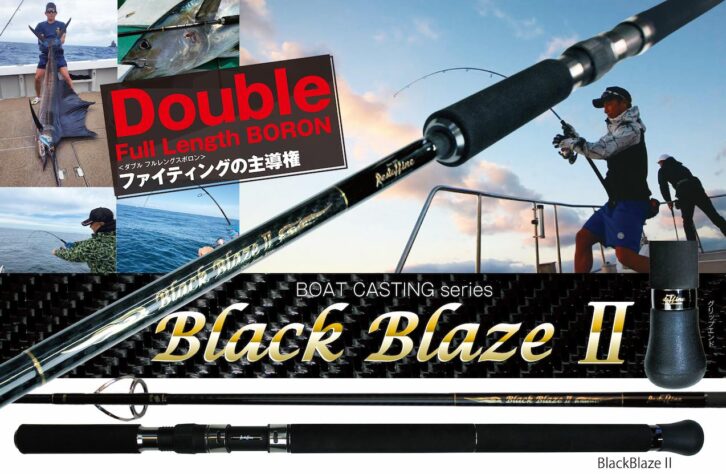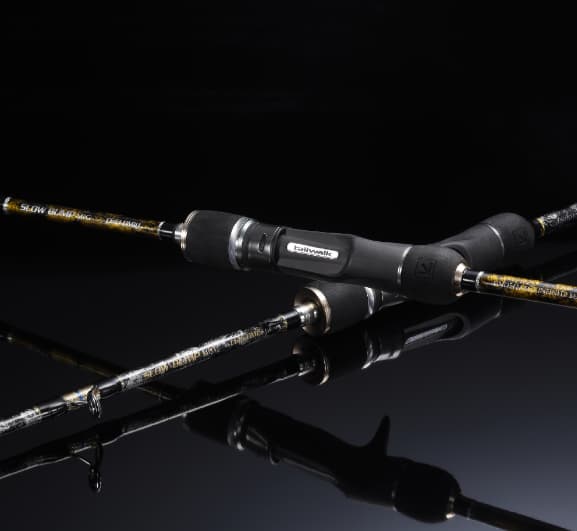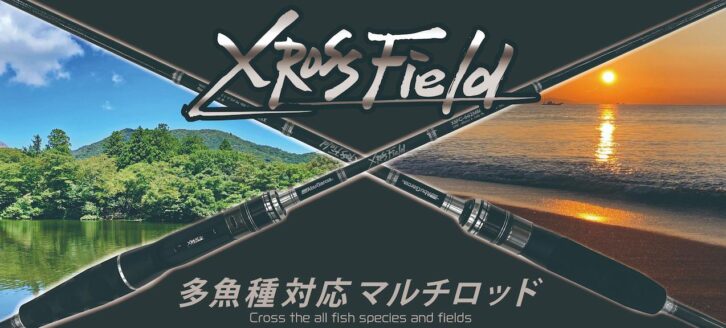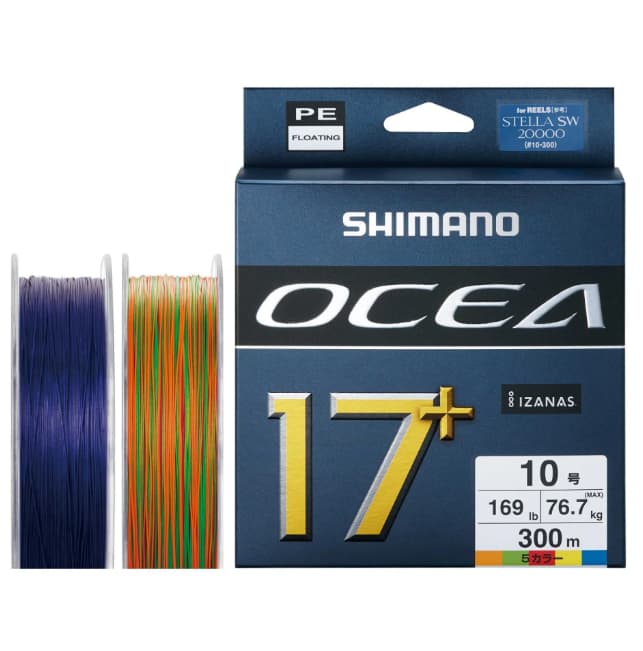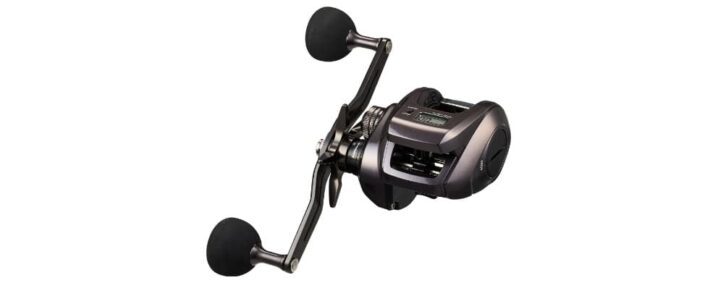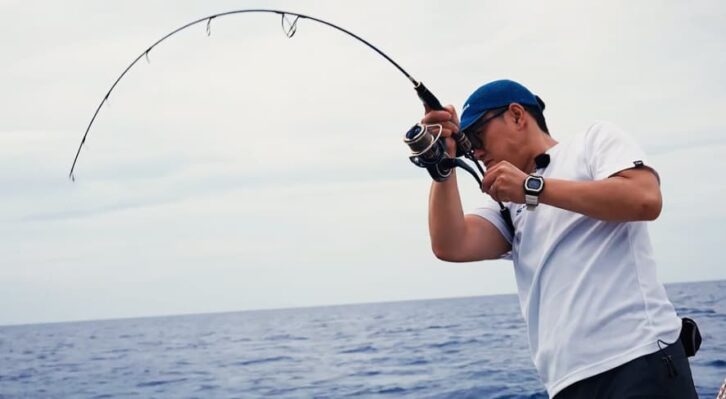The pinnacle model of the Engetsu series of snapper kingfish fishing rods
Ultimate Cushioning, Ultimate Lightness and Sensitivity
Yasuhiro Akazawa and the planning and development staff reveal Engetsu Limited Development Story
Shimano's Engetsu series of sea bream kingfish fishing rods has offered a lineup of numerous models, ranging from affordable to high-spec models. The Engetsu Limited model is positioned as the pinnacle of this series, and it generously employs all of Shimano's advanced technology. The first model was released in 2018 and received high acclaim from many anglers, but in 2023, it is coming out with the latest technology and even more advanced performance. What has been pursued and what kind of high performance has been incorporated in this new model? Yasuhiro Akazawa and the planning and development staff talked about it.
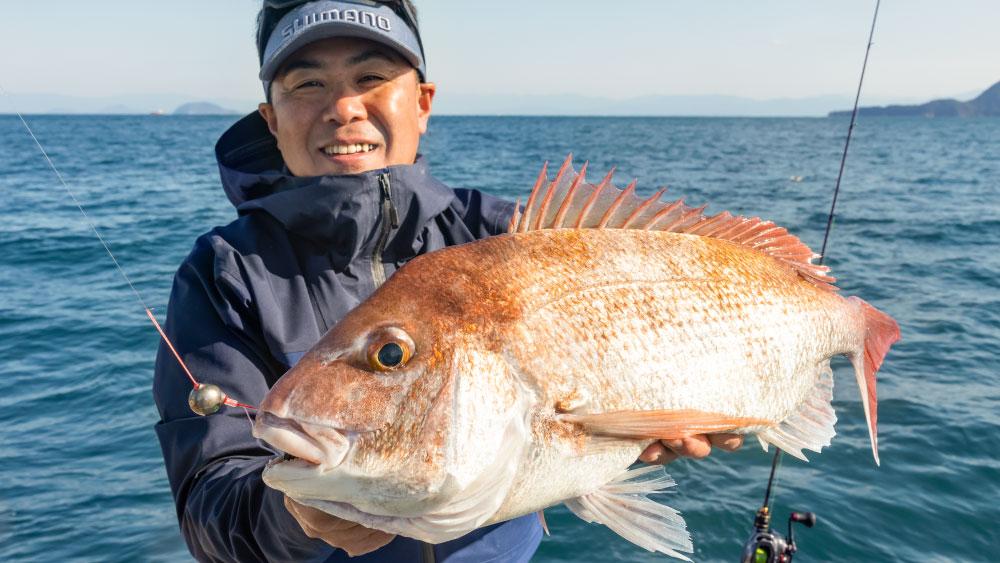

Five years ago, Shimano’s top-of-the-line snapper kingfish rod, the Engetsu Limited, made a big splash in the snapper kingfish fishing scene. This model is equipped with the ultimate performance that can only be experienced with the Engetsu Limited.
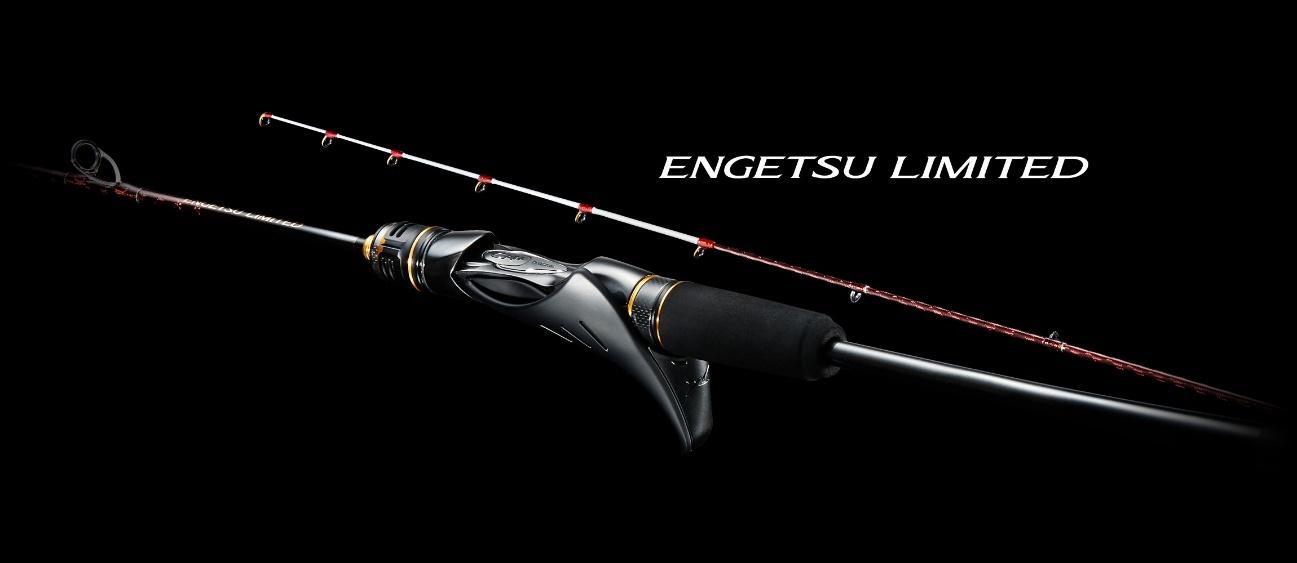
How was the development of the Engetsu Limited, a rod equipped with Shimano’s advanced technology, carried out? We had a conversation with Yasuhiro Akazawa, who has been involved in the development of the Shimano Engetsu series to lead the sea bream rubber scene and make it possible to catch more sea bream and enjoy sea bream rubber more, and the person in charge of planning and development, about their interactions up to the completion of the final Engetsu Limited model.
INDEX
- A difficult task because it is a top-of-the-line model.
- What were the ultimate requirements for this new model?
- Full solid model pursuing the highest ultimate flexibility in Shimano’s history
- The most difficult challenge was to push the limits of thinness.
- Pursuing true fineness, sensitivity and lightness, tubular model
- Further evolved carbon monocoque grip
- We feel that this is the latest Tai-raba rod, using the final model!
A difficult task because it is a top-of-the-line model.
Shimano’s Engetsu series of snapper kingfish fishing items have been leading the snapper kingfish fishing scene by giving shape to various advanced ideas for rods, reels, heads, and ties. The Engetsu Limited rod was released as the pinnacle of Shimano’s sea bream kingfish fishing rods. Because it is such a model, it is required to have overwhelmingly higher performance than other models, and it can be said that it is a product that is extremely difficult to complete.
The rod development process begins with discussions with the planners and anglers (instructors) to determine what kind of rod should be made. Repeated tests are conducted to achieve perfection. In this development, aiming for “the latest performance” and “the pinnacle of performance,” uncompromising pursuit leads to more and more repeated tests, and the Engetsu Limited to be released in 2023 is just such a model that has cleared many difficult tasks. Yasuhiro Akazawa, a development engineer who spoke to us about the development of the Engetsu Limited, said, “We aimed for the ultimate and pushed it to a level where we could do no more.
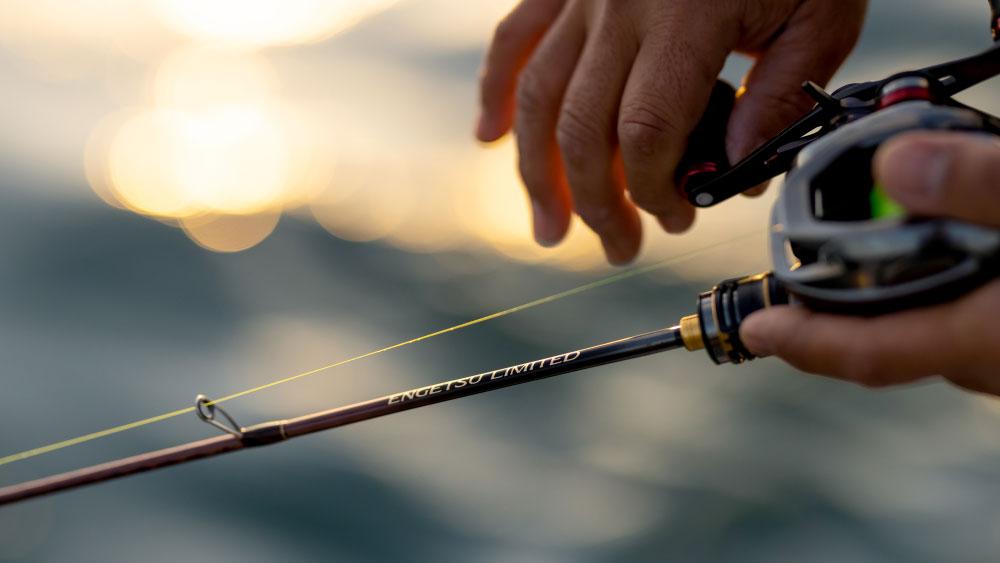
Nowadays, the market is flooded with various models of sea bream kingfish rods. What does it take to make a model that is called the pinnacle among them? Shimano has created this model without any compromise.
What were the ultimate requirements for this new model?
So what kind of performance did we aim for in this new model?
The first question we had to answer was, “What must be improved in order to evolve from the first-generation model? This was the first question we had to answer. The first Engetsu Limited model was equipped with the X-Sheet Extreme Gun Grip, and in addition to ultimate comfort, we also thoroughly pursued the stability of winding, which is important in the sea bream kingfish game. One of the other important factors in sea bream kingfish fishing is the reduction of hook-outs after the fish is hooked. To achieve this, cushioning performance is important. Therefore, for the second generation Engetsu Limited, we set the first product concept of ‘ultimate cushioning performance to keep even shallow snapper from hooking out’ while maintaining the stability of reeling.
Currently, the sea bream mackerel market is dominated by fully automatic, full-solid items that take advantage of superior cushioning properties, and rods with manual elements that allow for automatic hooking and reliable hooking. Although these two types of rods are structurally very different, there are many rods on the market with similar performance, and Shimano was faced with the question of how to make a clear distinction between the two in its product lineup. Based on such discussions, Mr. Akazawa and the planning and development team came to the conclusion that “a clear concept was needed for each of them so that users can select the one they prefer more. The limited models were planned as follows: a full-solid model, which is the first model to be equipped with the new and more advanced full-solid lure, and a tubular model, which offers more advanced fishing performance.
The full solid model is made of a material that is full of blanks. On the other hand, the tubular model is made of hollow material. We started development to create the ultimate model by taking advantage of the unique characteristics of each of these two materials. First, we pursued the most flexible full solid blanks in Shimano’s history with amazing cushioning and tenacity. On the other hand, for the tubular type, we thoroughly pursued “lightness,” which is a big difference from the full solid model, and pursued the ultimate performance with high sensitivity and excellent comfort. We developed these two concepts in consultation with Mr. Akazawa.
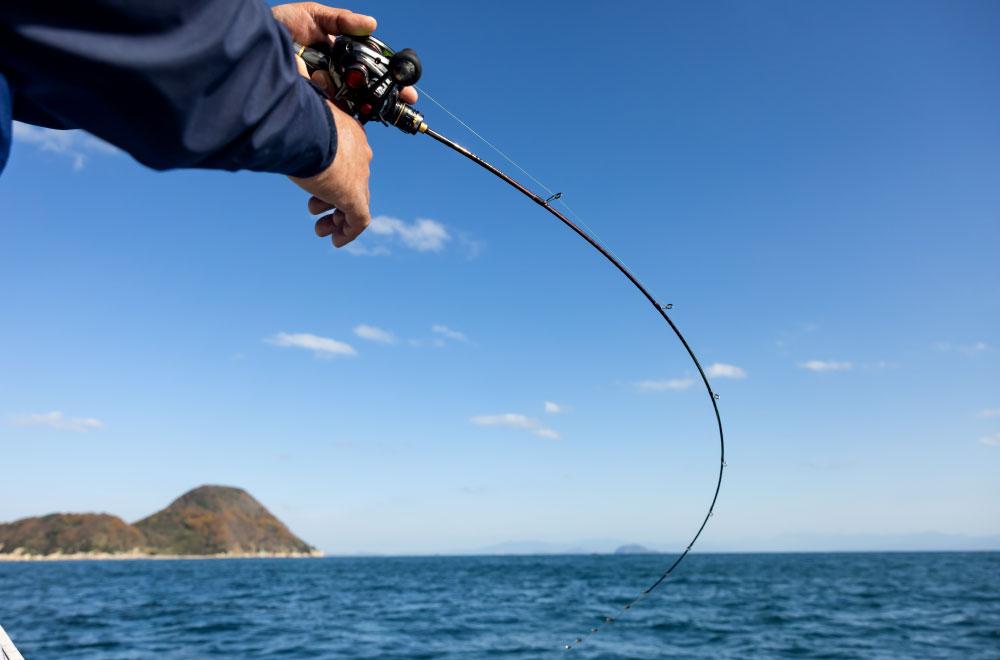
Flexibility to bring the snapper’s bite to the hook automatically and to avoid hooking out during the fight. From there, development began with distinctly different concepts: a full-solid lure with further bend and tenacity, and a tubular lure with the ability to be placed firmly on the lure.
Full solid model pursuing the highest ultimate flexibility in Shimano’s history
Flexibility is the most important feature of full-solid rods. When a sea bream hits, a full-solid rod can follow the shaking head of the sea bream as it plunges, and the flexibility of the rod as a whole can absorb every movement of the sea bream and bring it in.
We have to pursue smooth bending while maintaining a certain amount of power, which is not an easy task. In the Engetsu series, we have made full-solid models, but we had the experience that if we sought too much flexibility, it would be difficult to bring in fish. Also, if there are ML and M models in the series, the required performance will be different. ML is the best number for targeting small fish, including small ones, in shallow water. Smaller snapper have softer mouths and are more likely to hook out during the fight. On the other hand, larger snapper are heavier, and hooking them firmly with a strong pull makes it difficult for them to hook out, but they must have the performance to be brought in smoothly. Therefore, the ML model is designed to absorb the pull of small and medium-sized snapper, and to bring them to the landing, while the M model is designed to have the power to follow the fish’s movement and bring them in firmly, while maintaining a beautiful bend when a large snapper hits the hook. We set the tone of the rod with an eye to what kind of situation and what size of snapper it would be used for,” said Akazawa.
The 6’6 model is a more flexible rod with a longer length, which makes it less likely to be caught, and it can handle the ups and downs caused by waves. The 5’10 model, on the other hand, is a 5’10” model. The 5’10 model, on the other hand, is a more enjoyable rod because it is more maneuverable, full solid, and bends all the way to the end of the rod. The 5’10 model is easily affected by the ups and downs of waves, but it can be fun to use technique to cover this effect. It is also recommended for shallow water areas and small women.
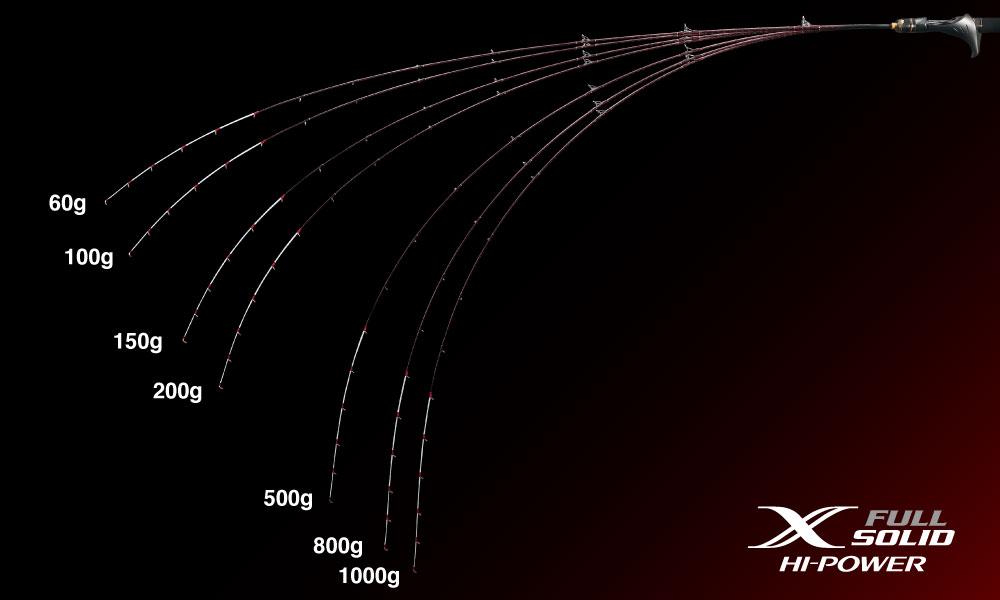
Flexibility is the most important feature of this full solid rod. The performance of the rod is to bend smoothly and cleanly by pushing through the most flexible blanks in Shimano’s history. The rod has cushioning as well as tenacity, and bends with the bite and the pull of the snapper, and also reduces hook-outs from shallow hooked snapper.
The most difficult challenge was to push the limits of thinness.
In the Engetsu Limited, both the full-solid and tubular models are designed to be “ultimately thin”. He said, “We repeated tests until we reached the thinness we were satisfied with while maintaining the bend and power of each rod.
I asked the developers to create a rod that was not only the best in terms of functionality, but also “something cool. The thinner the rod, the sharper and more intrepid it looks, and the cooler it looks.
However, thinner rods are more prone to breakage. Shimano has a very strict quality control system, and the rods cannot be commercialized unless it is proven that they will not break within the numerical values, so they have to repeat strength tests many times before commercialization. The absolute requirement is that the product must be strong enough to provide peace of mind while maintaining its thinness.
The development staff had the hardest time with this limited edition. We repeatedly asked them to make it thinner. We were repeatedly told by the development staff, ‘We can’t go any further,’ but we still asked them to give it a try. We repeated the prototyping process four or five times for each rod until we reached the very limit of what Shimano could produce commercially,” says Akazawa.
Of course, we did not only seek to make rods that were thin and strong enough to be reliable. Rods become thicker as they become stronger, thinner as they become thinner, less strong as they become thinner, less sensitive as they become more flexible for fish to easily ride them, and less flexible as they become more sensitive. In order to achieve a good balance between the two, the experience and challenging spirit of those in charge of development are necessary.
The ML model, which is a tubular rod with a riding action, was especially difficult to develop,” said Mr. Kurokawa. For strong items, we can secure strength by making the blanks thicker to some extent, but for items with flexibility in mind, the blanks become thinner, so it was difficult to find a way to secure strength in a thin blank. For the full solid model, we had to review the core material, and it was very difficult to find out the best way to provide flexibility and power to the blanks. The rod had to be thin, yet still have the required performance in the tip, belly, and butt, and also have the strength to bend beautifully. The M and ML models have different performance requirements, and we had a hard time designing a tone that would keep the slimness of the ML model while also providing flexibility and cushioning performance without being unreliable when a fish is hooked. Also, the M model is slim, but it needs to be powerful enough to stop the running of the snapper, so we asked Mr. Akazawa for his opinions on making it a little stronger or a little tauter, and we made many samples.
Mr. Akazawa mentioned that he repeated the test four or five times, but the development staff member said that they made more samples, had the customers select one of them and use it, and repeatedly made several more samples after receiving further opinions. The number of prototypes was considerable.
I think we made some pretty thin blanks,” he said. I really think they did a good job of making it this far. Even with the tubular model, many people who see the rod ask, ‘Is this a full solid rod? Full-solid rods can be made thinner because they are filled with more substance, but this tubular riding tone model is so thin that it comes close to that.
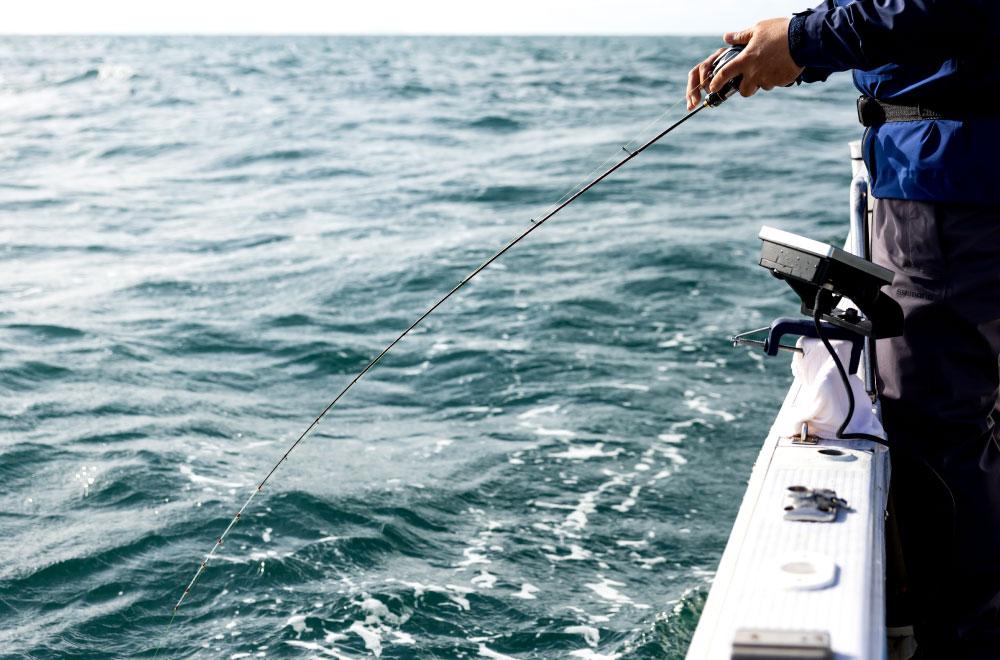
Thinner blanks are cooler. In response to Mr. Akazawa’s request, the development staff continued to take up the challenge. The developers took up Mr. Akazawa’s request, and completed blanks with the characteristics of each model, while making them thin to the point where “it’s impossible to go any further.
Pursuing true fineness, sensitivity and lightness, tubular model
In addition to slimness, the tubular model pursues sensitivity and lightness.
Mr. Akazawa says, “This model threw up the requests of ‘just make it thin and light’ and ‘make it sensitive.
One clear difference between the full-solid and tubular models of Shimano’s sea bream mule rods is that the full-solid model has a tone that bends all the way around, while the tubular rod has a tone with more tenacity in the butt section. The solid part of the tip allows the angler to sense the snapper’s bite and surroundings, and at the same time, the bite is instantly transmitted to the hand and felt. After the snapper bites the sea bream rubber, the belly section firmly penetrates the hook into the snapper’s mouth, and the rod follows and bends with the pull of the snapper, leading to a reduction in the number of broken hooks. Furthermore, by leaving power and tenacity in the bud, the rod is able to withstand the plunge of the big sea bream and catch a valuable fish without breaking up.
Without this difference, everything would be the same. However, even though the tubular remains the butt and grip, flexibility is important. But if you make it too flexible, the sensitivity dies. It is difficult to achieve this balance,” said Akazawa.
In response to such a request, the development staff tried to review the materials used for the new model compared to the previous model.
They have used low-modulus materials to make the rod more tenacious, but this time we have made it slimmer and lighter while retaining its tenacity, and to increase sensitivity we have used materials with a higher modulus of elasticity than before. This has enabled us to achieve a well-balanced tone in terms of strength and flexibility despite its slimness. It is much thinner and more sensitive than our previous products.” (Development staff)
As for the weight, the weight was not lightened, but the weight balance was used to reduce the feeling of weightlessness. The difference is an astonishing 64% reduction.
The interesting thing is that the weight and lightness of a rod change depending on the balance of the rod. It makes all the difference where the center of gravity is. You can’t tell just by holding it with one hand, but when you put a reel on it and hold it with the rod end under your arm, a well-balanced rod feels incredibly light. This new rod is a model that you can feel the lightness not by the numbers but by the feel.
(Mr. Akazawa) “Incidentally, compared to the previous model, the new model weighs 1g more. The only difference is the lightness when you hold it.
The limited model is the ultimate in thinness and lightness,” said Akazawa. In the final prototype, the rod absorbs the movement of the sea bream well, and I feel that it is now equipped with the performance that allows anglers to interact with the sea bream without worrying about the rod breaking apart. The part of a sea bream rubber rod used depends on the size of the sea bream. For smaller size sea bream, the rod tip is used to catch the fish’s movement, while for larger size sea bream, the rod body is used to catch the fish’s movement. We have sought to create a model with a good overall rod balance that can be used for both large and small sizes without breaking up the fish.
(Planning staff member) “By the way, I set the drag a little stronger. A weak drag on a soft rod may make it difficult for the hook to penetrate deep into the rod. I feel that if the drag is set stronger, the hook will hook more quickly. I often hear from various captains that people these days have too loose drags and break up their hooks during exchanges because they do not stick the hooks deep enough. Because of this, I feel that recently there has been an evolution from weaker drag settings to slightly stronger drags. The Engetsu Limited tubular model is a rod suitable for such fishing as well.
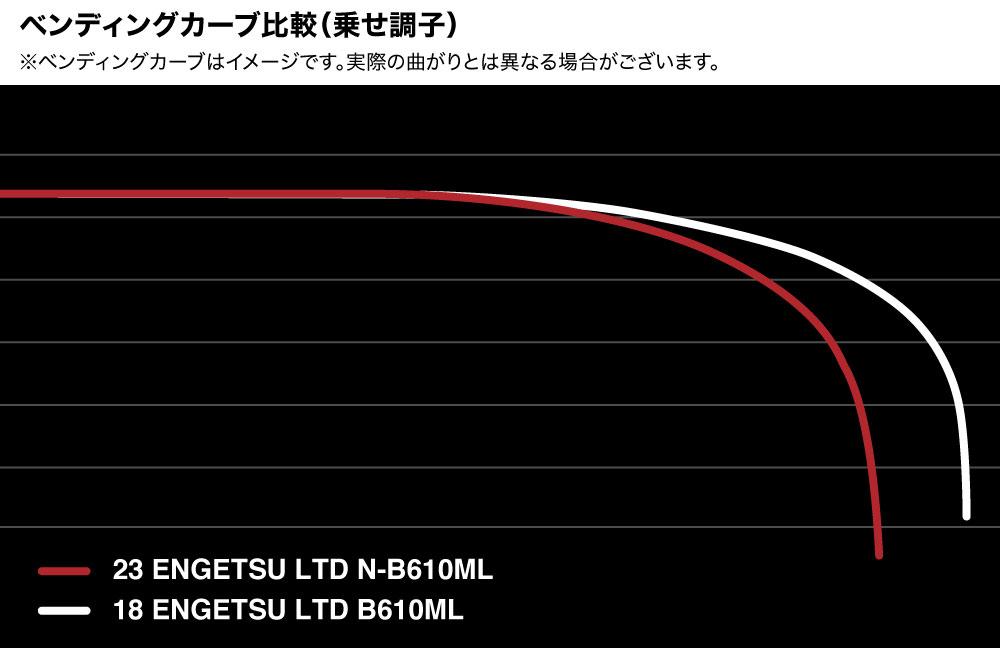
The tubular model bends flexibly, yet has the performance to hook fish firmly at the belly. In addition, the sensitivity unique to tubular lures is designed to be equipped with high standards.
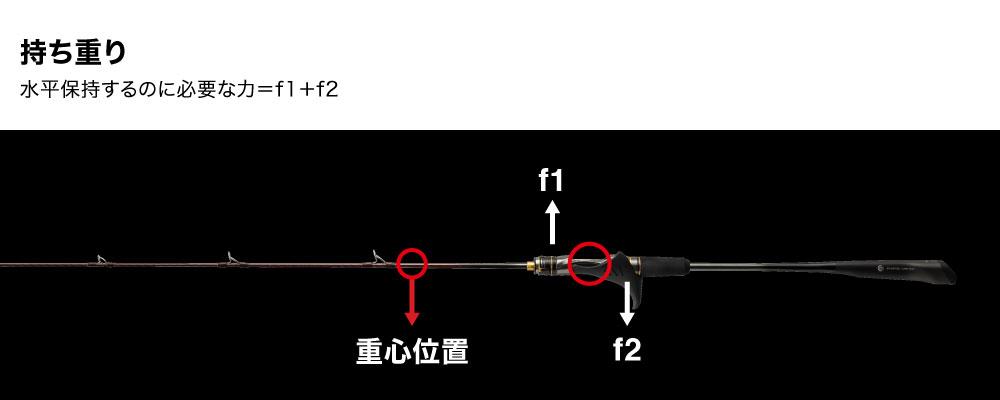

Along with its slimness, this model is also lightweight. However, the weight is not simply the weight of the rod as a whole, but rather a balance that does not make it heavy to hold. By changing the position of the center of gravity, the sense of weight is reduced by 64%. This enables stable constant speed reeling, and the sensitivity to bottom touches and bites can be transmitted more clearly.
Further evolved carbon monocoque grip
The grip of the Engetsu Limited has also been completely redesigned. The carbon monocoque grip was adopted in the previous Engetsu Limited and attracted the attention of many fans of sea bream trout. The new model is even more advanced, with improved sensitivity, flexibility, and side-hooking stability.
The previous model had a round shape, but this time we have adopted a flattened shape. This is to make it more stable when it is held at the side. When interacting with large sea bream, the rod rolls or shakes from side to side. When you reel it in, its power escapes from side to side as it moves from side to side. This is why we made the rod end grip a flattened shape that can be tucked tightly under the armpit. And we also made this part flexible,” says Akazawa.
The concept of the previous carbon monocoque grips was to be hard and light, and the grip section, from the reel seat to the end grip, was designed to be thick-walled. However, this time, in pursuit of even higher sensitivity and lighter weight, the wall thickness was reduced, the rod was slimmer, and this part was also designed to be slightly more flexible to match the flexibility of the rod as a whole. The reason for this is that using the entire rod to its fullest, and taking advantage of its cushioning properties as well as its beautiful bend, leads to fewer hook-outs and a greater sense of security when fighting.
The more it bends, even a little, the better. I even said to the development staff, ‘If it’s as hard as it was before, isn’t there a direction where you don’t use it?’ I even said to the development manager, ‘If it’s as hard as it was before, maybe there is a direction where we don’t use it. I asked for a little cushioning and flexing performance while maintaining strength. We had a good flexible blank from the tip to the bud (reel seat), so without a grip that matched that flexibility (from the reel seat to the rod end), we were killing the finished blank. This is why I begged for a new carbon monocoque grip. In the end, I think they made a good one. It was a relief,” said Akazawa.
The flattened shape of the grip, similar to the side grip of Shimano’s boat fishing (bait fishing) rods, is said to be less prone to left-right shake and rolling. If it is too thin, it is difficult to pinch the side of the rod. Therefore, the design of the shape was adopted to make it easier to hold, while keeping in mind the grip diameter of previous Engetsu products.
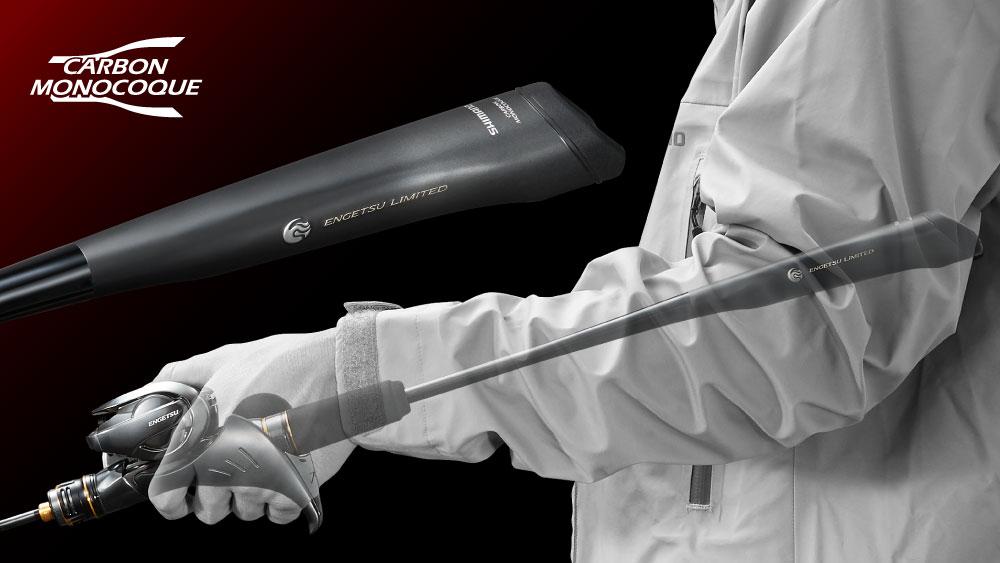
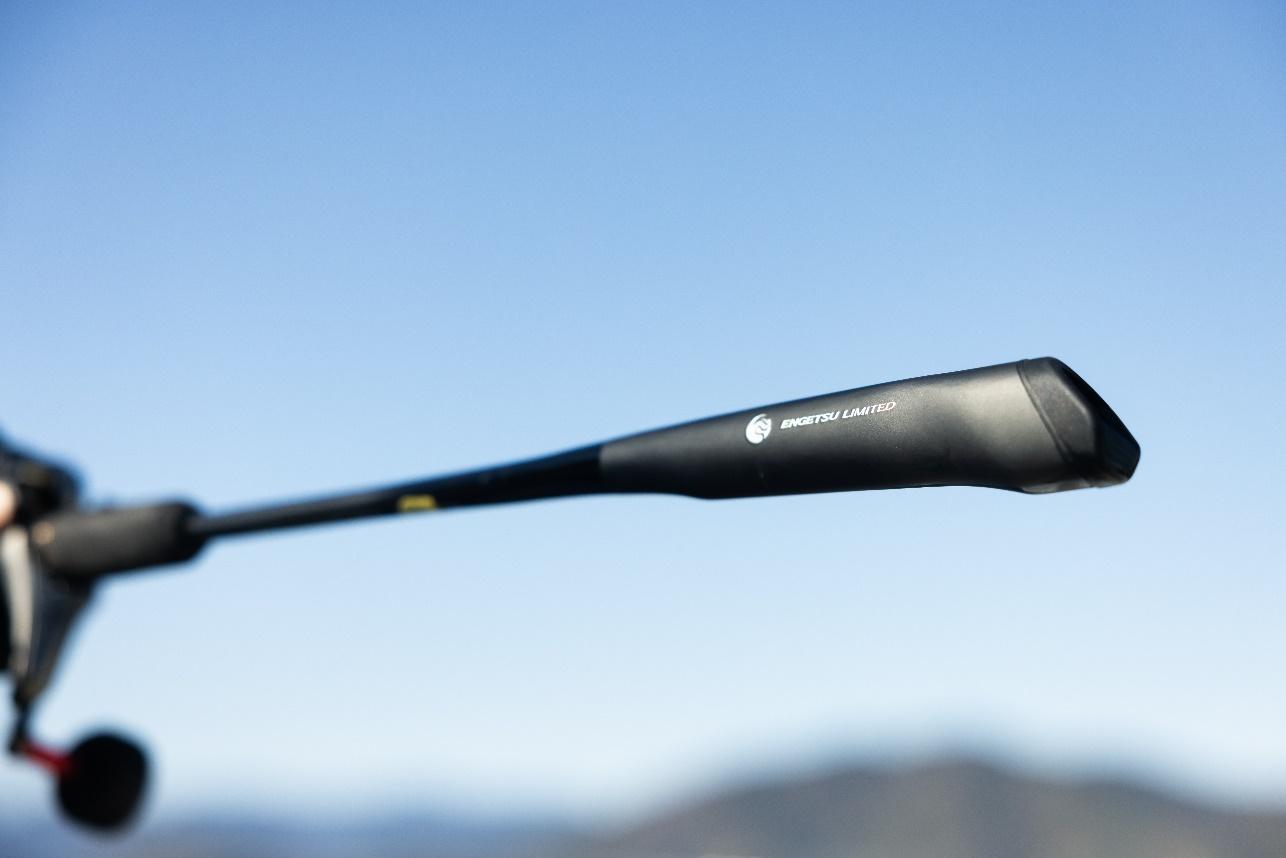
Carbon monocoque grip with newly adopted shape. Adoption of a flat shape improves stability when held by the side. The flexibility of this part was also carefully considered.
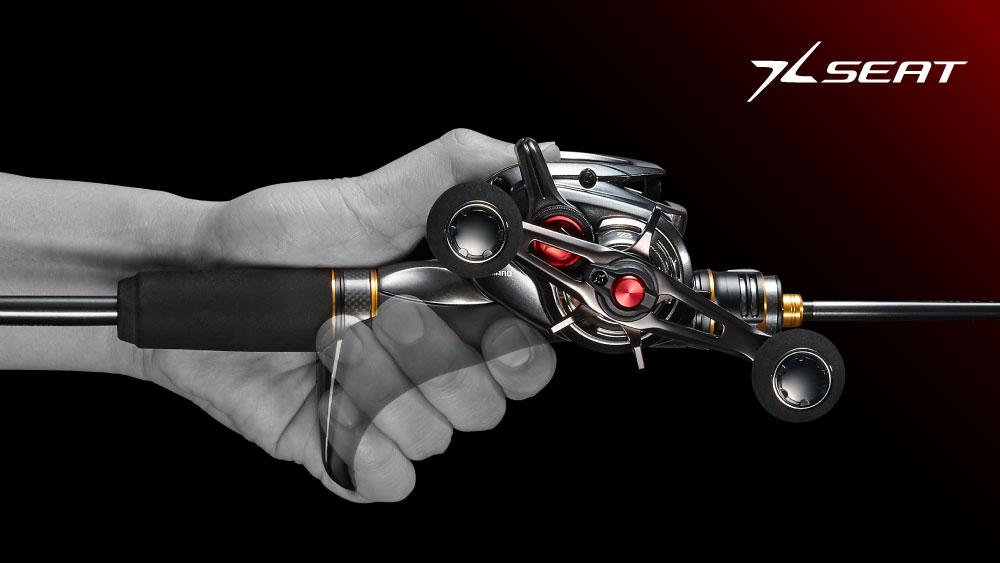

X-Sheet Extreme Gun Grip common to all models. Designed exclusively for right and left handers to grip as if in the palm of the hand and fit the hand without gaps. By stabilizing the hand, constant velocity winding can be performed accurately and easily.
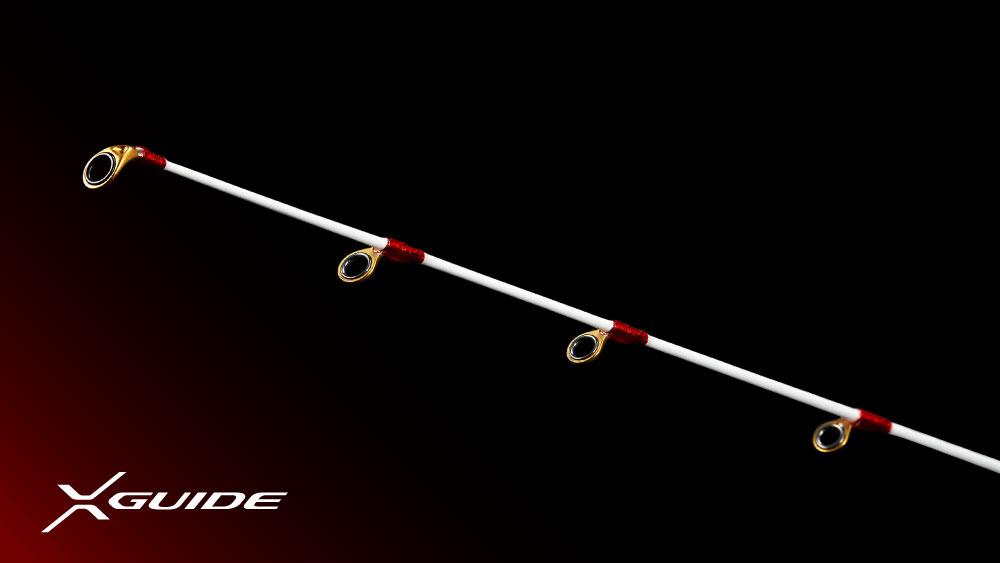
The tip section is equipped with a high-performance “X guide” that is light, trouble-free, and easy to cast a little. Large-diameter guides prevent guide jamming due to jellyfish entanglement.
We feel that this is the latest Tai-raba rod, using the final model!
Whenever the Protrod came in, Mr. Akazawa actually took it to the field and repeated tests with each model, from shallow water to deep water, to bring it closer to perfection. In the final tests, he was very impressed with the rod’s resistance to hooking out. He has used the rod many times since the final model was completed, and he feels that it fits Akazawa’s current sea bream kingfish fishing style and is very easy to use.
He said, “Even when I am fishing for sea bream with a little bit stronger drag and let the angler hook the hook early, the rod handles the bite without playing the bite. A rod that doesn’t bend smoothly will make fish feel uncomfortable if the drag is too strong. A rod that bends flexibly can bring a fish to bite without making it feel uncomfortable, and a strong drag can make it possible to hook a fish quickly. Of course, a rod that bends naturally at the same time as a bite is easy to use even for beginners. I think the Engetsu Limited is the newest tai-raba rod on the market.
Mr. Akazawa, who had to ask the rod developers a difficult question this time, was very satisfied with the rod because it was made with a lot of care and attention.
The rod looks cool, and I feel it has a high status because I have it,” he said. I thought the previous Engetsu Limited was cool, but this model has a deeper coolness. I would like to challenge myself in various places with this rod” (Mr. Akazawa)
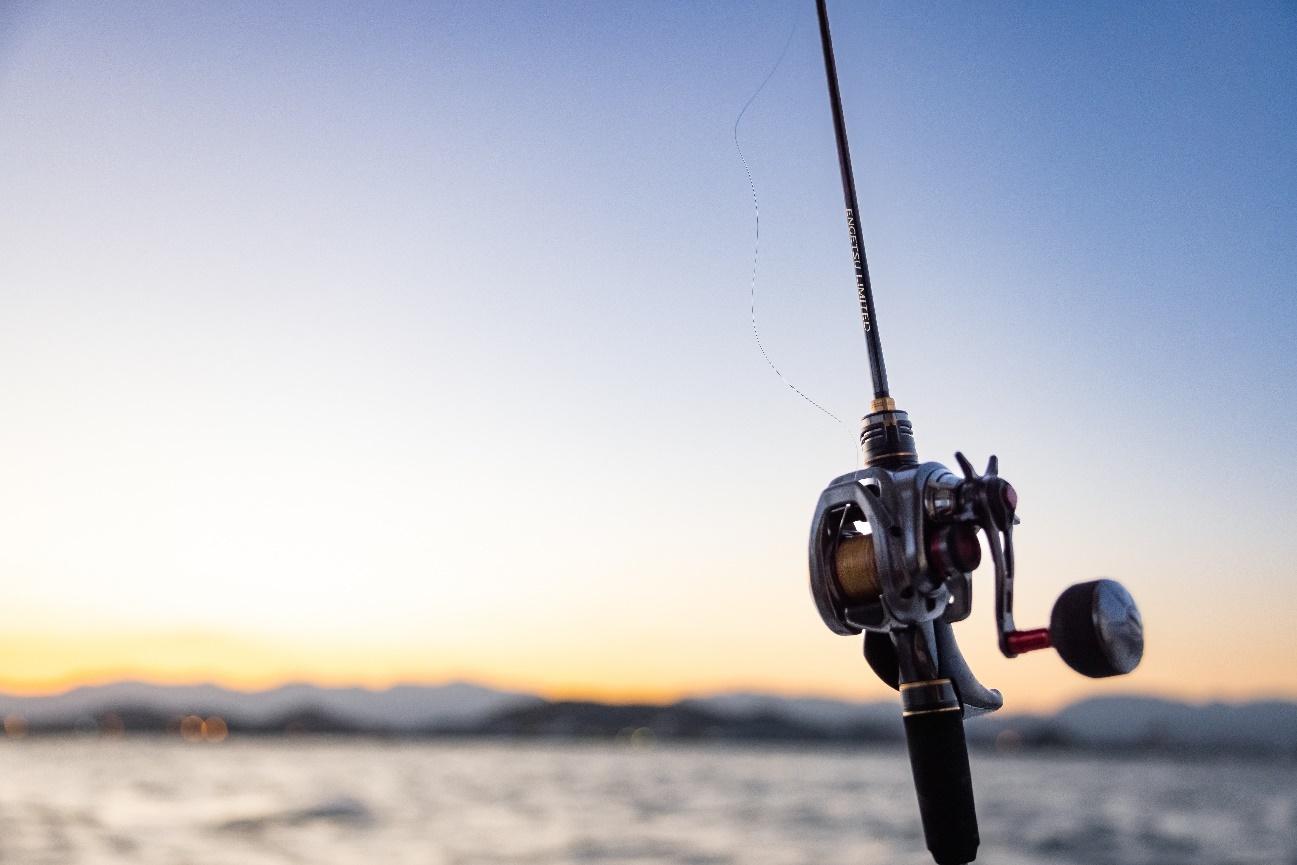
The slim blanks that Mr. Akazawa says have a deep coolness. It is also a model that he says enables a new sea bream kingfish game. This model is recommended for anglers who want to stand out from other anglers.
Engetsu Brand
Special site
Engetsu Limited product details page






